Getting two steps ahead amid industry-wide transformation
But the pandemic accelerated industry-wide digital transformation, boosting virtual fitness offerings for those stuck at home. Digital-native brands began dominating market share, and Zumba wanted to support its community of instructors — equipping them with the tools to navigate the pandemic.
Zumba had to rapidly explore a strategic transformation, and accurately predict how a digital-first revenue stream might impact traditional experience and profit. Though Zumba believes in the power of in-person classes and interactions, the brand knew that to attract new consumers and stay relevant, it needed a digital extension of the business.
Zumba partnered with TELUS Digital's Digital Strategy Consulting practice to research the ROI of a new operating model that would embrace the existing ecosystem while introducing enhanced D2C digital capabilities. Our consultants, PhD researchers, and product designers guided Zumba through its mission-critical digital transformation.
Let’s review the choreography…
We were excited to partner with TELUS Digital in this transformation, and infuse innovation into a highly established brand and business. The team gathered learnings, consolidated feedback, and made continuously-improving iterations. TELUS Digital provided us with the right frameworks to ensure that the internal teams stayed laser-focused on launching the MVP — with the ultimate goal of reaching user satisfaction at scale.
User research | Understanding core audience sentiment and expectations
Historically, Zumba’s business model has focused on licensing worldwide instructors, and encouraging them to join the Zumba Instructor Network (ZIN). By joining ZIN, instructors can access tools designed to support their teaching careers, and choose their classes’ formats, locations, and price points.
Zumba's priority was to develop this new digital consumer experience in a way that supported its existing instructor community.
To understand Zumba’s ecosystem and sensitivities, we inventoried stakeholder needs from Zumba’s cross-functional executive leadership and performed in-depth user and market research. Next, we conducted consumer interviews, assessing the needs of lapsed vs. loyal dancers and in-person vs. hybrid ZINs.
Each segment shared brand sentiments, fitness perceptions and habits, and customer experience expectations. But one sentiment shared by ZINs and dancers stood out: they were excited about — and expected — a Zumba app.
Advanced analytics showed that even their most loyal instructors welcomed the digital disruption.
Market research | Investigating the opportunity
We validated our one-to-one findings through a large-scale consumer market survey. Our goal was to assess active and lapsed Zumba enthusiasts’ current fitness behaviors and motivations — such as the desire for physical fitness vs. the feeling of community vs. simply having fun.
Our digital strategy consultants gleaned valuable consumer insights into product, features, content, and pricing strategy for the Zumba App minimum viable product (MVP).
Research revealed how much Zumba dancers loved in-person classes; replicating this experience with digital tech served as our guiding principle during MVP feature prioritization. The Zumba App had to be a vibrant, encouraging space for any Zumba habit and fitness goal.
By distilling the authentic Zumba experience — anytime, anywhere, on any device — we could propose a range of pricing strategies.
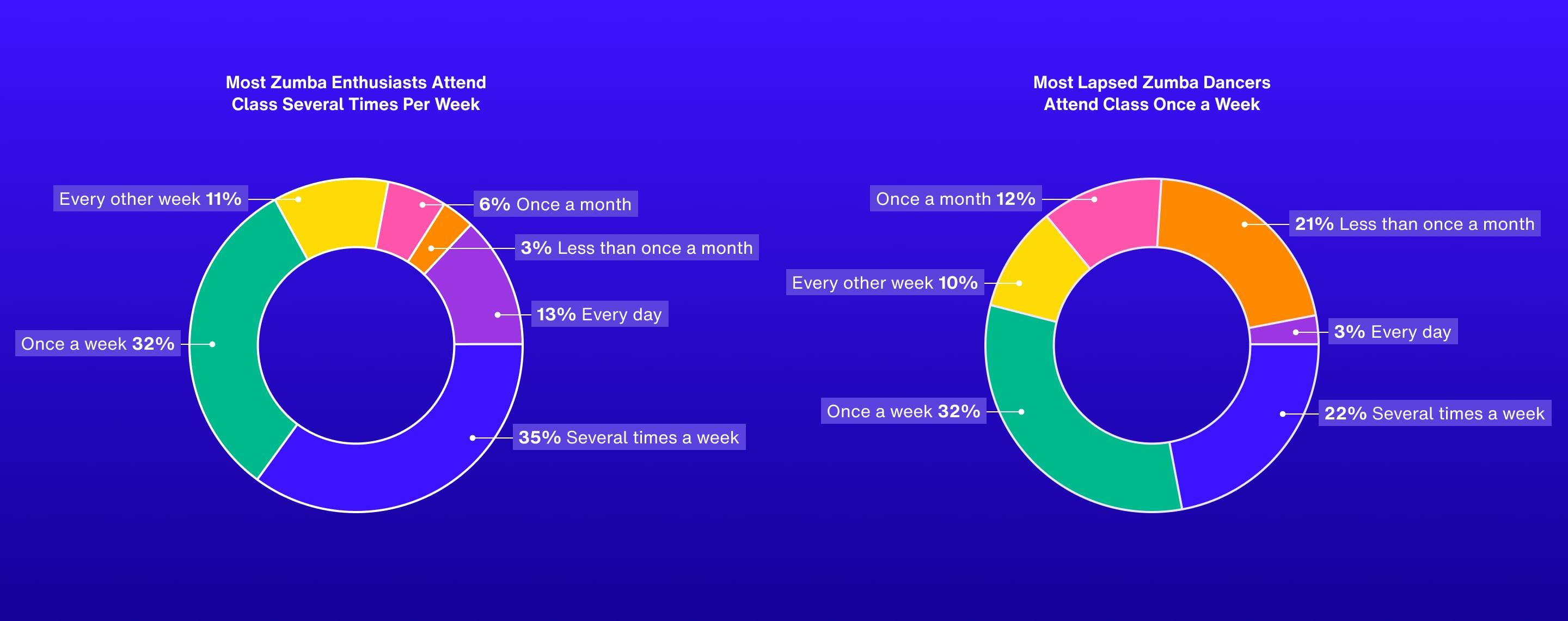
Pricing strategy | Pricing a net-new digital experience
We next performed an in-depth competitor scan of the digital fitness marketplace. From a sea of D2C fitness apps, our product strategists identified four market positioning strategies: basic, niche, mid-tier, and premium. This research shed light on how Zumba could position its app and monetize its differentiators: energetic, motivating instructors and dance-focused fitness.
We then categorized the in-app features consumers prioritized within each tier (e.g., on-demand classes for a basic offering vs. celebrity collaborations for a premium offering). Drawing on our knowledge of Zumba’s strategic goals, customer base, change management capabilities, and the digital fitness marketplace, we created a unique pricing model for the Zumba App.
Our work with Zumba was about much more than providing incremental revenue. It was about helping Zumba successfully make a business pivot. TELUS Digital provided them with the means to do that. Essentially, this work was about determining the ROI of Zumba’s digital experience.
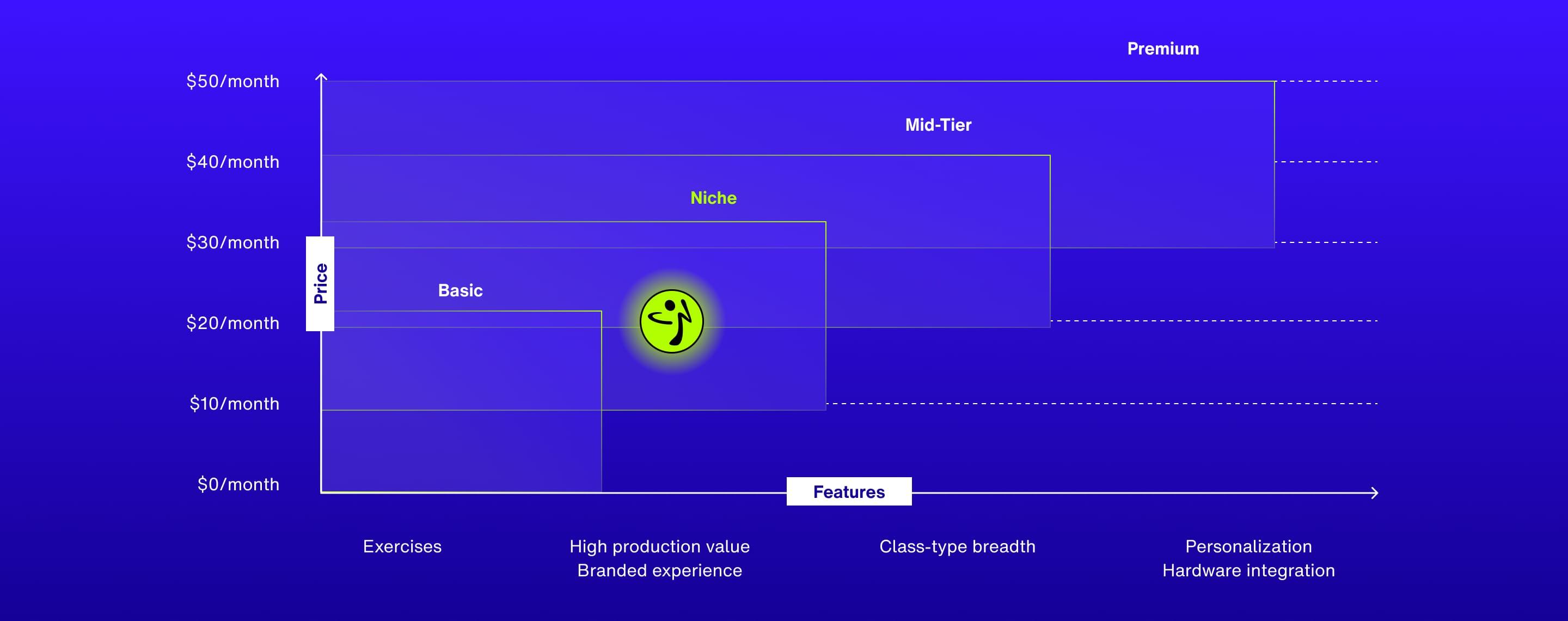
Product-market fit | Forecasting answers to key business questions
Zumba approached TELUS Digital to answer questions about the app’s business viability. To help the brand predict Zumba Fit+ revenues and costs, we built a robust, proprietary Forecast Model Tool to answer:
- What is the revenue opportunity?
- When does this opportunity become profitable?
- How much cash is needed to launch this venture?
- When will we break even?
TELUS Digital’s analytics-based tool included expected revenue, operating expenditures, capital expenditures, and cash balance. Each value was specific to Zumba’s proposed pricing model, MVP feature set, and market positioning and included digital marketing assumptions. Our model demonstrated to Zumba’s Chief Financial Officer and Business General Managers that the app's unit economics were viable, helping these teams plan the timing and quantity of cash inflows/outflows for FPA activities.
Our digital strategy forecast indicated that the answer to Zumba’s initial question, “Should we build this experience?” was a resounding, “Yes.”
So we set out to answer the next question: “How do we build this experience?” ...
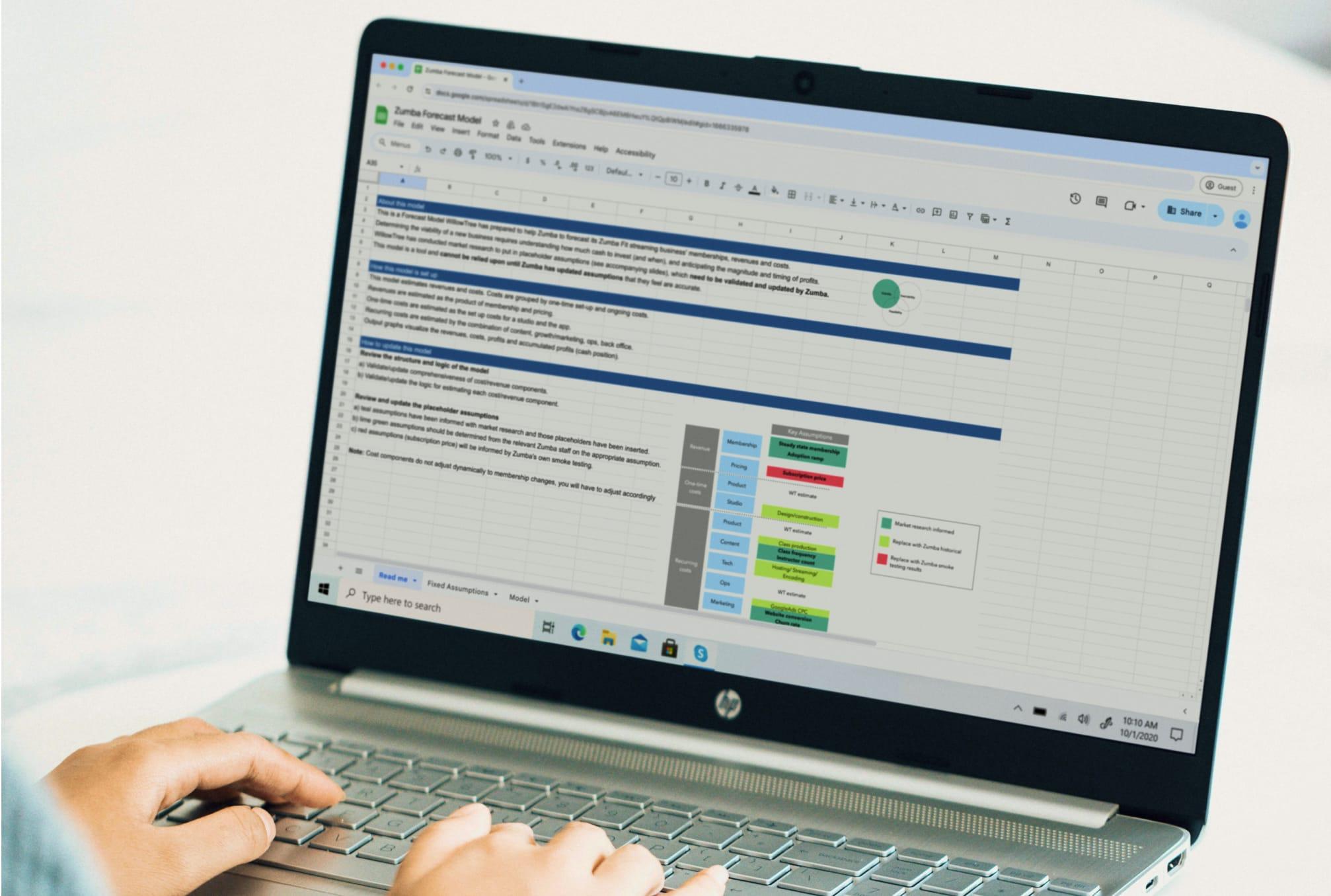
Product design | Validating the product vision
… and what are the key UX/UI considerations?
TELUS Digital's product designers proposed an authentic, energetic, and purposeful design building on Zumba’s existing brand language. We utilized patterns and colors to convey brand energy, and maintained well-organized information architecture and content hierarchy to enable scalability.
Sharing over 150 high-fidelity screens, we investigated consumer sentiment around our product design, user experience, and overall vision. Behavioral data and heat map analysis identified screens that resonated with Zumba audiences.
With product design with digital strategy in lockstep, we were ready to resolve one more mission-critical challenge: determining the ideal price point for Zumba consumers.

Conjoint analysis | Examining proposed price points
Guided by Van Westendorp's Pricing Sensitivity Assessment, our design and research teams conducted validation testing to understand how Zumba consumers responded to our concept designs at different price points.
We looked at how sentiments shifted based on proposed monthly subscription fees ($19.99 vs. $24.99 vs. $29.99) and consumer demographics (active vs. lapsed dancers).
Data indicated the app strongly resonated with consumers overall, and most favorably with active dancers in the medium price tier who consistently described our concepts as inclusive, premium, energetic, and "uniquely Zumba.”
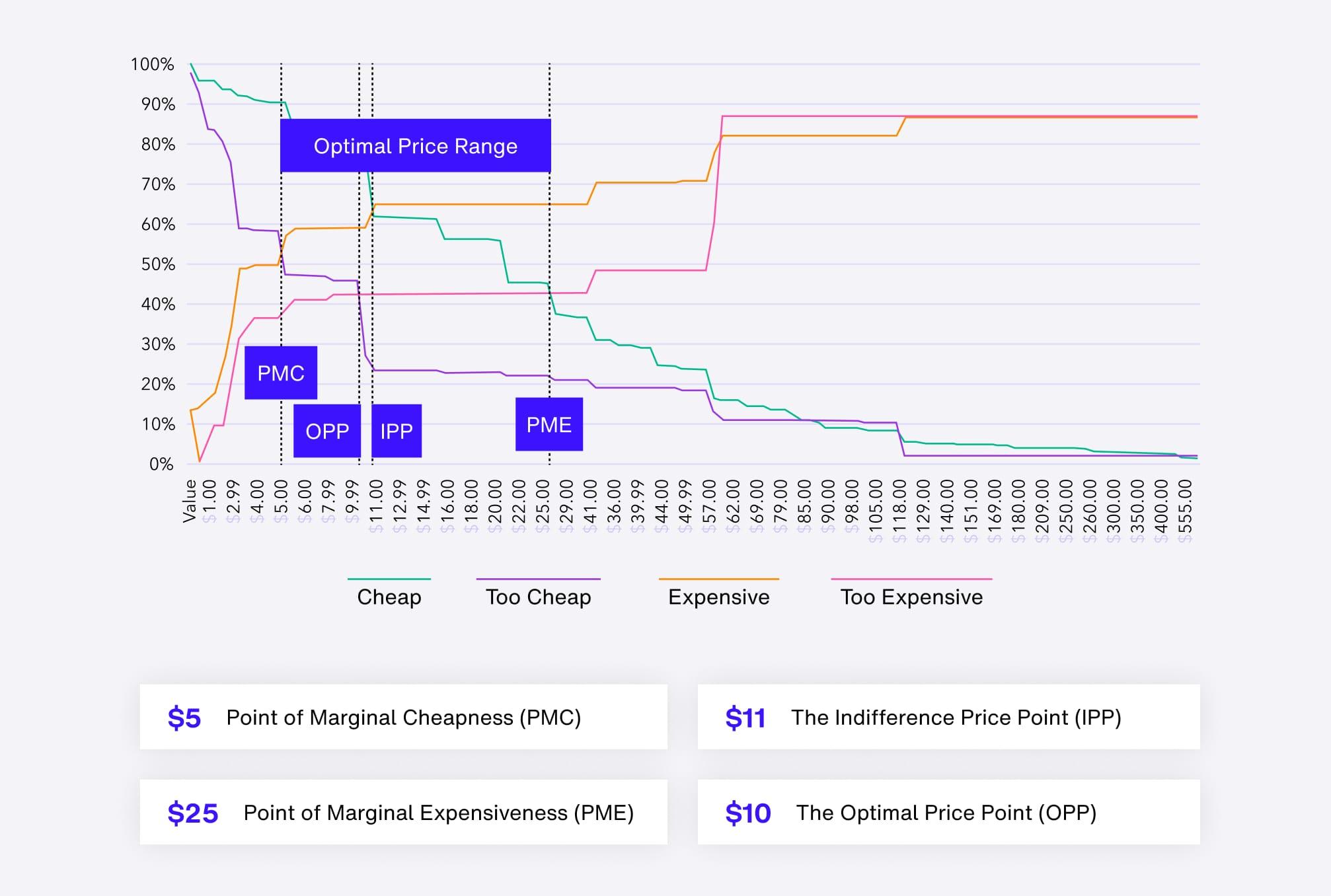
Experience mapping and GTM strategy | Building loyalty through multichannel messaging
In pursuit of our shared product vision, we recommended four marketing pillars underpin the Zumba app experience: acquisition, engagement, retention and referral.
Our growth marketing experts crafted extensive user flows and targeted messages to facilitate seamless user onboarding, motivate dancers throughout their two-week free trial, build stronger fitness habits, and encourage user retention through custom rewards and incentives.
Before our work, Zumba communicated with consumers only via email and SMS; the app would allow Zumba to leverage personalized in-app and push notifications as part of a multi-channel messaging strategy designed to drive user engagement and increase overall customer lifetime value.
With a multichannel messaging approach, Zumba could remain agile and meet its users in the right place and time to deepen engagement and retention.
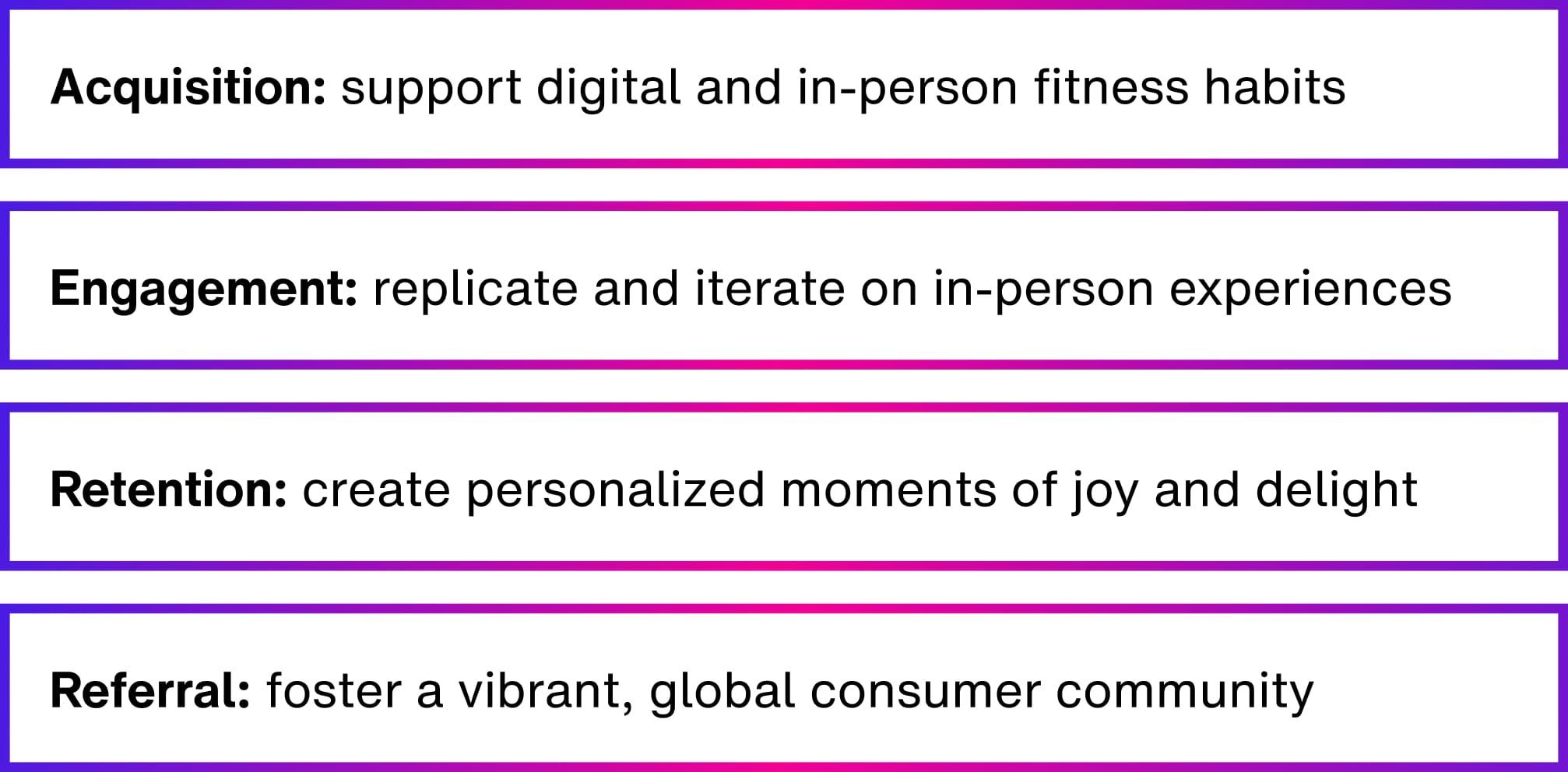
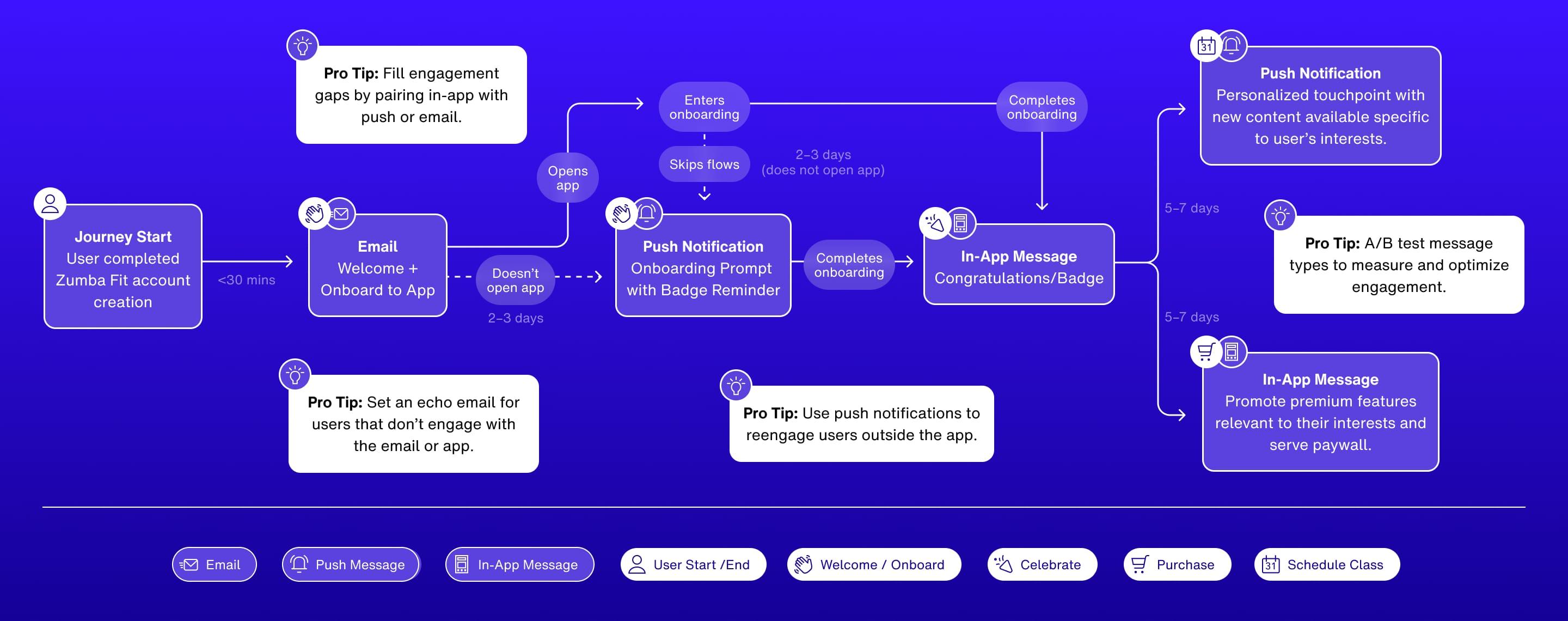
Results | Empowering a beloved brand’s digital evolution
Zumba’s mission-critical business pivot into digital fitness demanded trust, accuracy, and creativity. Our concept application and business model for the brand proudly delivered on all fronts.
- 400,000+app downloads four months post-launch
- 4.7+star ratings in the App Store and Google Play Store
- #1Best New Subscription




